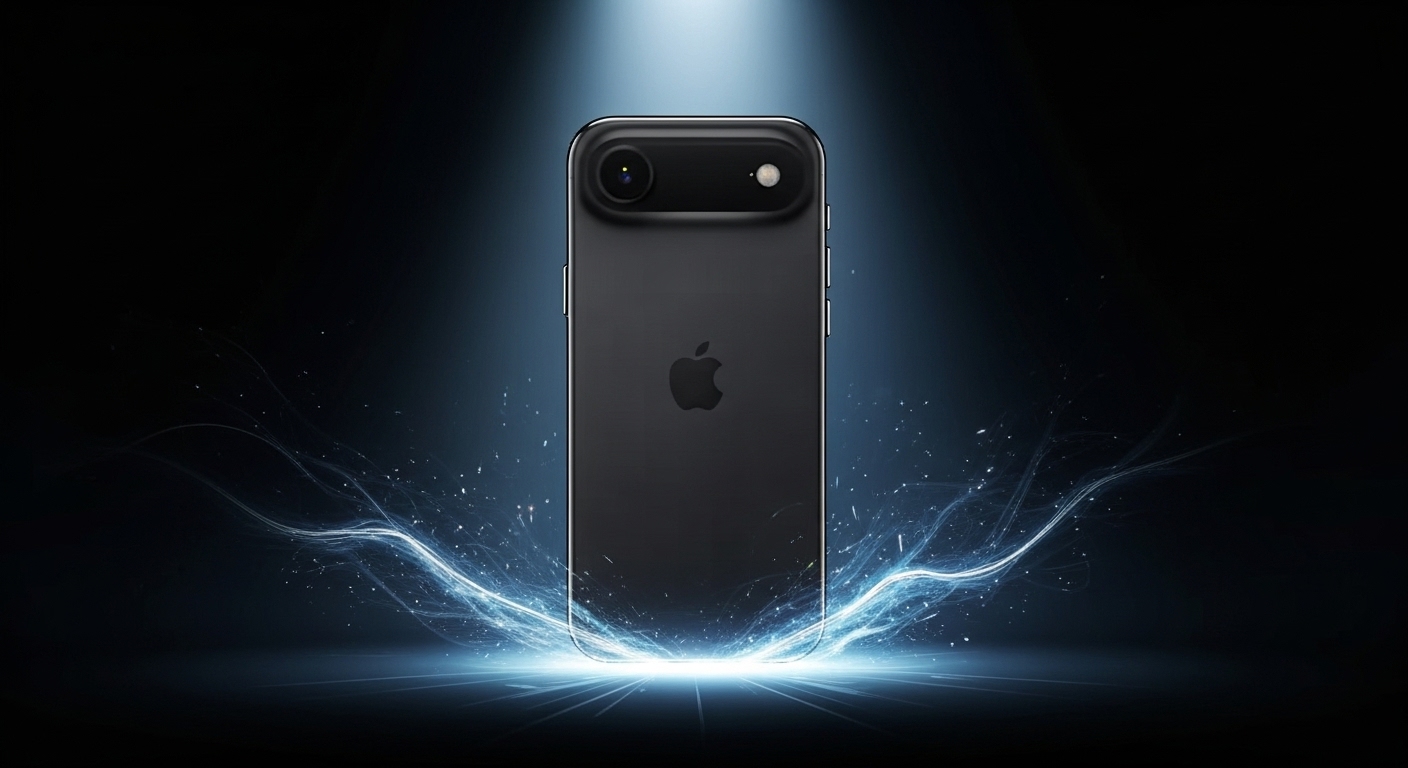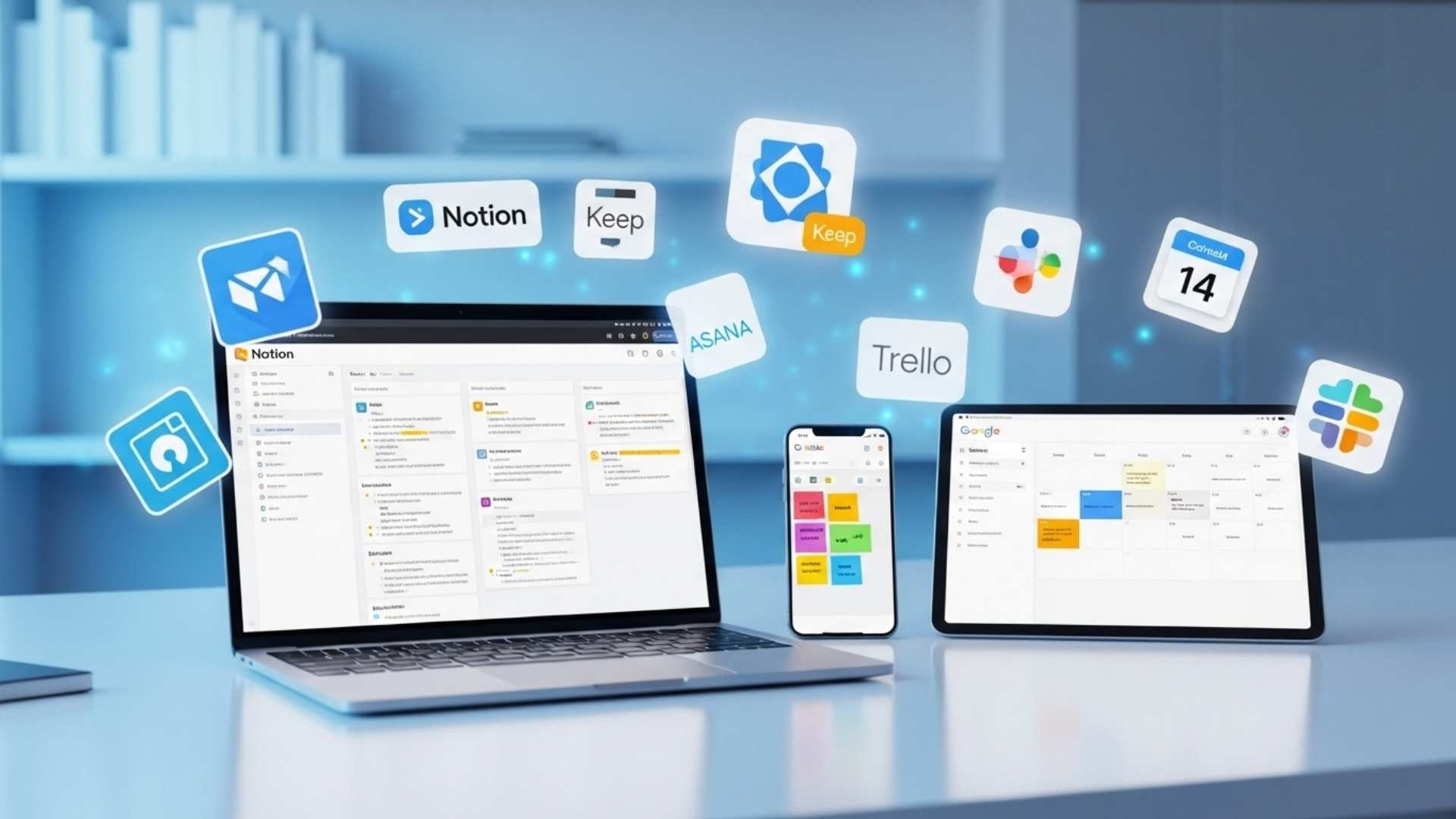Apple has launched the new iPhone Air, priced at $999. The device is designed to be ultra-thin and portable, but it appears to be a new model that will be sold as the iPhone 17, iPhone 17 Pro, and iPhone 17 Pro Max, without the “17” in the name.
The iPhone Air replaces the previous “Plus” model and is a new addition to the mobile phone line. It’s smaller in size but packs nearly Pro-level performance.
Design and Build: Titanium Frame and 6.5-Inch Display
Apple’s iPhone Air is the thinnest iPhone ever, measuring just 5.6mm thick. That’s more than 3mm thinner than the iPhone 17 Pro and even thinner than Samsung’s Galaxy S25 Edge (5.8mm), making it a unique design in the market.
The phone is crafted with a polished titanium frame and features a 6.5-inch display, making it slightly larger than the smaller iPhone 17 and smaller than the Pro Max. Titanium is stronger than aluminum, and Apple says that “iPhone Air is designed to be less fragile and more durable than any previous iPhone.”
Camera Innovations: Single-Lens Rear, Dual Capture, and Center Stage
The back of the iPhone Air features a specially designed “camera plateau,” which houses the 18-megapixel front-facing camera, the TrueDepth system for Face ID, a 48-megapixel single-lens camera, Apple’s silicon chips, and speakers.
This plateau design is what makes the iPhone Air so thin. Apple also says that parts like the USB-C port are 3D printed, which further reduces the size. The 3D-printed parts are stronger and use less material, which is good for the environment.
The iPhone Air’s rear camera uses the same 48-megapixel Fusion lens as the iPhone 17, supporting 1x and 2x zoom, and can be used in 28mm and 35mm focal lengths. However, there is no Ultra Wide or Telephoto camera, mainly due to the thinness of the phone and space constraints.
Apple also added a new Dual Capture feature that allows the front and rear cameras to record simultaneously. The front also has an 18-megapixel Center Stage camera, which uses improved stabilization technology and new features.
Simply use the iPhone Air’s front camera to take selfies in portrait or landscape mode without having to rotate, and use Center Stage technology to capture more video calls.
If you’re taking pictures of people, AI technology automatically widens the field of view, making it easier for users.
iPhone Air features an upgraded Photonic Engine, which improves detail and color accuracy in low-light environments. While not as powerful as many cameras, it also uses Focus Control technology to create portrait-style portraits.
The camera automatically collects depth information, allowing you to edit your photos in the Photos app as portraits.
Display Technology: ProMotion 120Hz and Always-On Display
The iPhone Air’s display offers the same high-end performance as the iPhone 17 models. It has a maximum brightness of 1,000 nits, a maximum brightness of 1,600 nits for HDR display, and a new technology that can be increased to 3,000 nits when used outdoors.
It also supports a ProMotion 120Hz refresh rate and includes Always-On Display technology, which is expected to be more convenient for users. Apple has also applied a new anti-reflection coating to the display to reduce glare, which can make the screen clearer.
Performance: A19 Pro Chip, 16-Core Neural Engine, and 12GB RAM
The iPhone Air is powered by Apple’s A19 Pro chip, which is the same chip used in the iPhone 17 Pro. However, the Air model has one less GPU core.
This chip has a 6-core CPU, with two high-performance performance cores and four efficiency cores for energy efficiency. It also has a 5-core GPU, with each GPU core equipped with a Neural Accelerator, which Apple claims will give you a 3x performance boost when running AI tasks directly on the device.
The iPhone Air also comes with a new 16-core Neural Engine, second-generation dynamic caching technology, a larger cache, and 12GB of RAM, making it a powerful phone.
Connectivity: C1X Modem, N1 Networking Chip, and eSIM Only
Apple has designed a new C1X modem chip for the iPhone Air, which is twice as fast as the previous C1 modem. However, the modem only supports sub-6GHz 5G and does not include mmWave 5G.
In addition, Apple has developed the N1 networking chip, which is capable of supporting technologies such as Wi-Fi 7, Bluetooth 6, Thread. The N1 chip is more efficient than previous third-party networking chips, which can effectively control battery usage.
The iPhone Air supports all the features found on regular iPhones, including Emergency SOS via Satellite, Crash Detection, Messages via Satellite, and dual-frequency GPS.
However, the iPhone Air is so thin that it cannot accommodate a physical SIM tray, so it must use an eSIM worldwide.
Battery Life and Charging: MagSafe Battery Pack and Adaptive Power Mode
The iPhone Air’s battery life is rated at 27 hours of video playback and 22 hours of video streaming. Apple has included a $99 MagSafe Battery Pack for the iPhone Air, which can extend battery life by up to 40 hours. Additionally, iOS 26’s Adaptive Power mode automatically manages power when needed, further extending battery life.
While other iPhone 17 models support 25W charging via Qi2 and MagSafe, the iPhone Air is limited to 20W wireless charging. However, it supports high-quality fast charging, which can charge 50% in 30 minutes when used with a 20W or faster power adapter.
iPhone Air Availability and Pricing
The iPhone Air starts at $999 for 256GB storage, with 512GB and 1TB storage options available for an additional price. The phone is available for pre-order now, with confirmed sales starting Friday, September 19.
Also Read: iPhone 17 Pro: 5 Reasons You Shouldn’t Upgrade This Year




